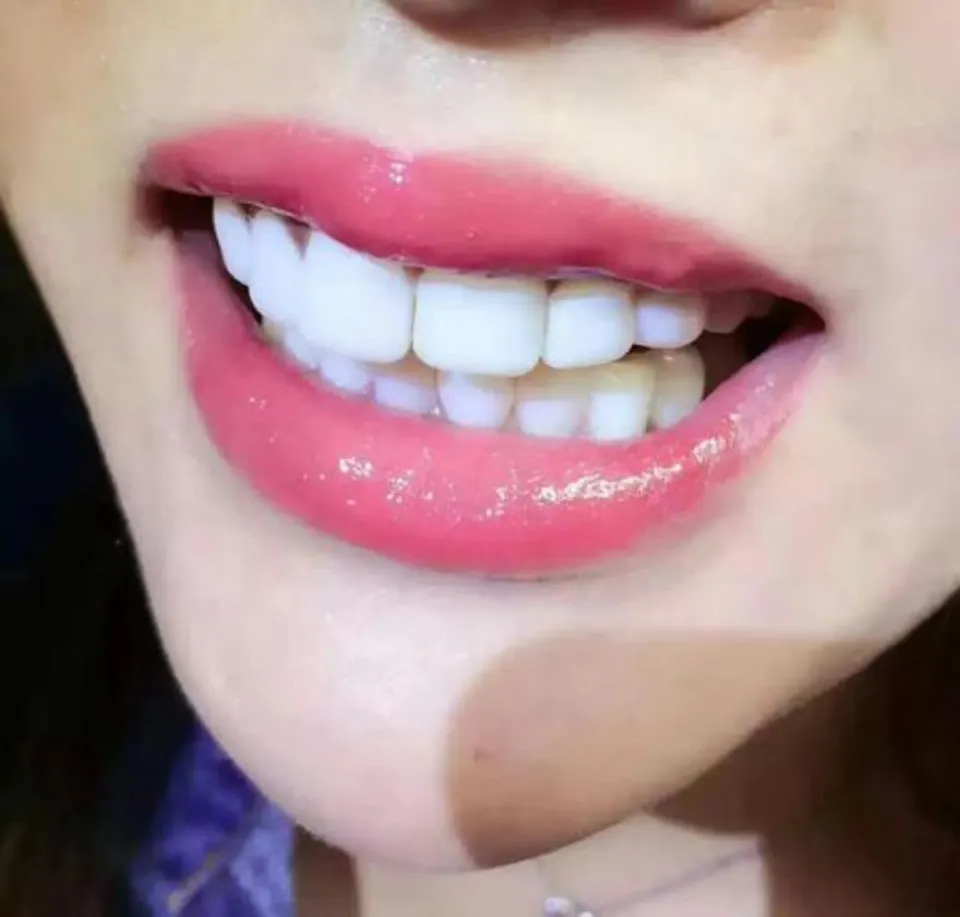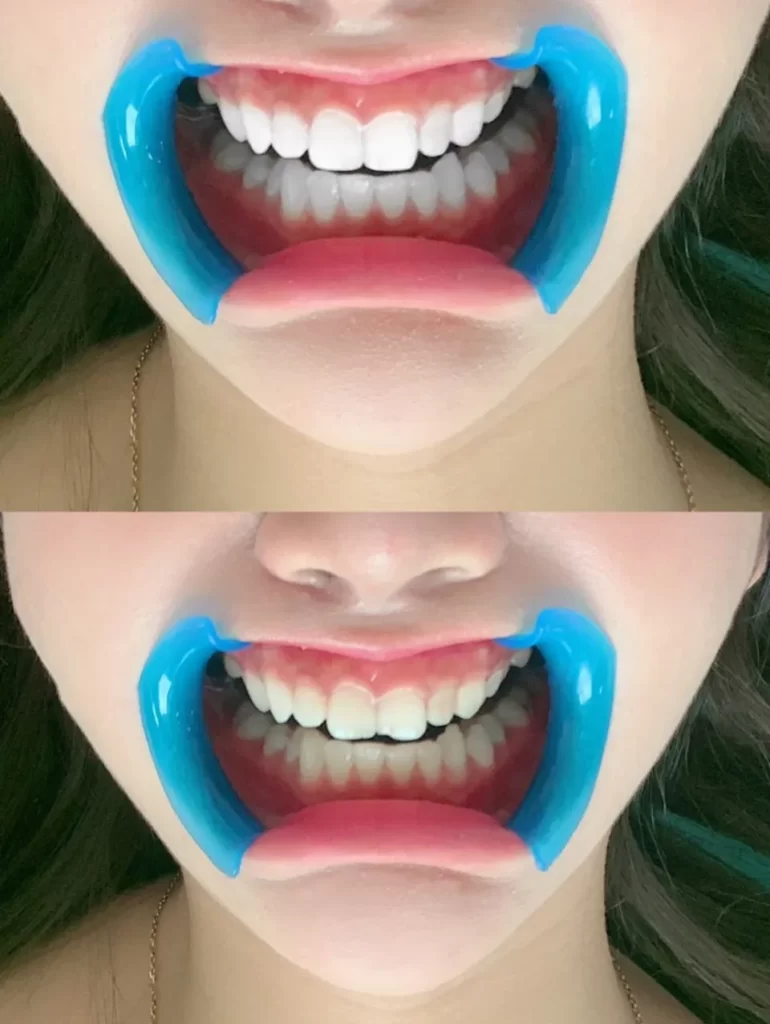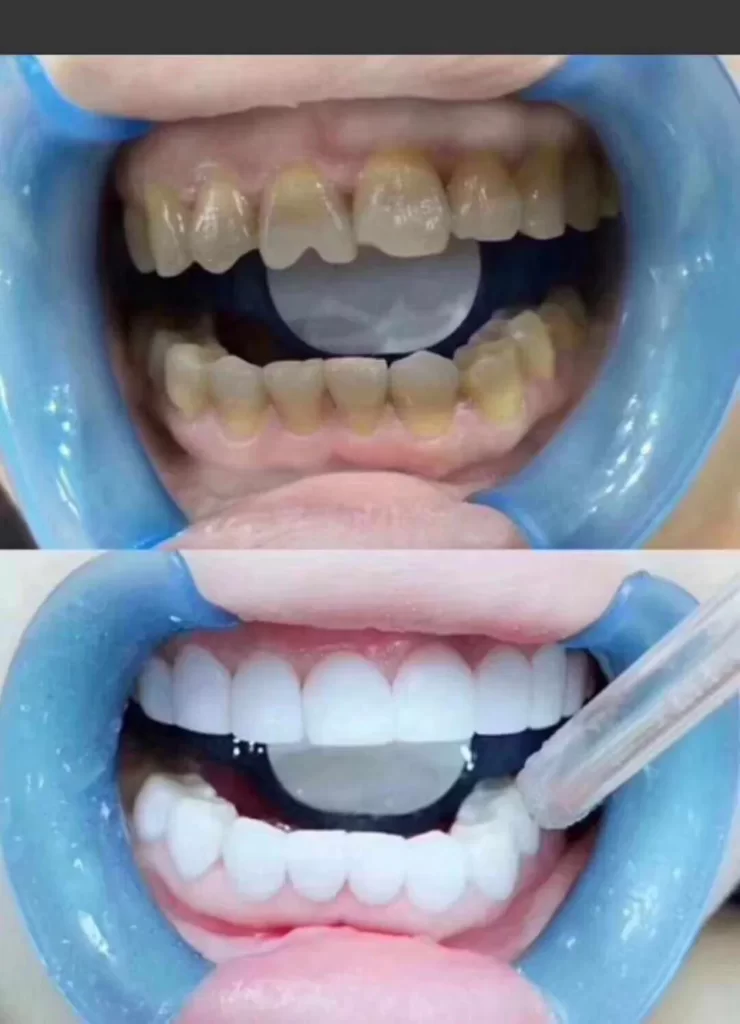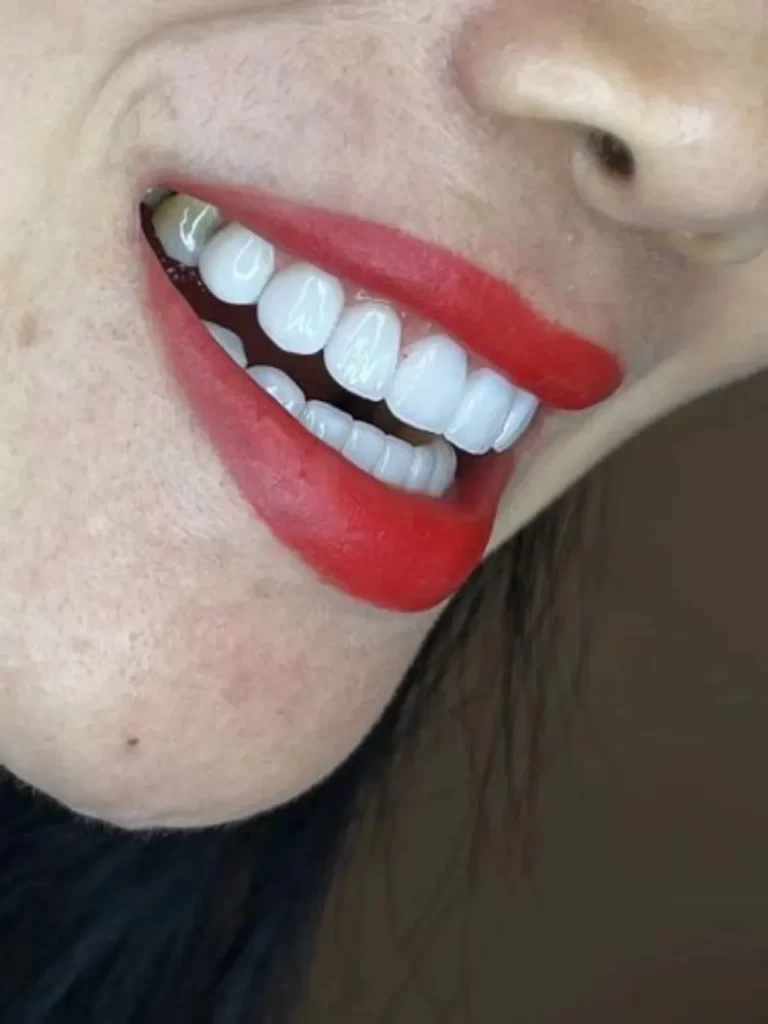
How Often Should I Use Whitening Strips – Brightening Your Smile
Whitening strips are a popular option for those looking to have a smile that sparkles. However, using them incorrectly or too frequently can result in risks and sensitive teeth.
In this article, we’ll look at how often to use whitening strips to get the best results while putting oral health first. We’ll go over the variables that affect whitening strip efficacy, possible side effects, and the most effective procedures for usage that are both safe and effective. You can confidently incorporate teeth-whitening strips into your oral care routine and take pleasure in a radiant smile by being aware of the recommended usage frequency and adhering to the right guidelines.
Let’s explore the world of teeth whitening to find the most effective way to apply whitening strips.
What Are Teeth Whitening Strips

Strips for teeth whitening are a common way to get whiter teeth. They are bleaching gel-coated plastic strips that are thin and flexible. Any stains or tooth discoloration are removed by the gel penetrating your teeth.
Read More: How to Whiten Dentures and Remove Stains
How Do They Work?
The organic molecules that cause staining interact with the peroxide in the gel, and as a result, the reaction disassembles the larger molecules. The teeth-whitening strips’ bleaching ability is a result of a process known as oxidation.
Are They Safe?
The answer is that when used as instructed, teeth whitening strips are thought to be safe. Because the gel’s peroxide content is so low, it won’t cause any enamel or tooth decay. However, you might experience sensitivity if you use them too frequently or keep them on for too long.
Read More: How Long Will Dentures Last
How Often Should You Whiten Your Teeth?
The majority of teeth-whitening systems are designed to allow you to whiten your teeth for no more than 10 to 14 days straight at a time. Even so, some people may still experience gum burns from chemicals or tooth sensitivity, especially if they disregard the manufacturer’s instructions.
Normally, you only want to whiten for the number of days necessary to finish the kit that you purchased. It is preferable to get your teeth professionally whitened if you plan to purchase multiple at-home kits and use them consecutively.

Most dentists advise touching up every three to four months or after each dental cleaning, whether you’re using over-the-counter whitening strips or an at-home kit from your dentist. Typically, you only have to wear the kit 3-4 times to “boost” your smile back to its whiter color.
How Long to Wait Between Whitening Sessions
Each teeth-whitening procedure differs from the others. Some must be used daily and consistently in order to be effective. However, you typically need to wait at least a few months before using another treatment or kit once you’ve used up the first one. A complete bleaching system shouldn’t be used more frequently than every three to four months, and only then if you have serious tooth stains. Occasional touch-ups are completely acceptable.
It’s possible that you need something stronger if you’re wondering how frequently you can whiten your teeth with strips. When only a few shades of stain need to be removed, at-home whitening methods like trays and strips are fantastic. However, for more dramatic results, professional teeth whitening treatment works best for deeper discoloration.
In comparison to over-the-counter strips, take-home whitening trays, when used with the right gel prescribed by your dentist, speed up the whitening process. As a result, you only need to touch them up a few times a year and for a short period of time.
If you need to have your smile brightened right away but are really pressed for time, ask your dentist if they offer same-day in-office services. In order to maintain the whitening for a few days after the procedure or to touch up later, you typically also receive a take-home kit with custom trays.
Read More: How Long Does It Take To Whiten My Teeth
Touch-Ups Versus the First Time of Full Whitening
You should use the system exactly as instructed the first time you whiten your teeth. That could entail spending an hour each day for two consecutive weeks, staying in bed for a week, or simply spending an hour in the dentist’s chair for a professional teeth-whitening procedure. But after that, you shift into the maintenance or “touch-up” phase.
Knowing how frequently you can whiten your teeth is important at this point. It depends on your diet and lifestyle for touch-ups. You will need to brush your teeth more frequently if you consume large amounts of coffee or red wine compared to someone who doesn’t. Typically, this involves using one at-home strip system every three to six months, or just a few days in whitening trays to brighten teeth.
Use fluoride or sensitivity toothpaste for a week or two prior to your touch-up appointments if you are experiencing tooth sensitivity. Also keep in mind that whitening toothpaste only helps to remove surface stains and does not actually whiten teeth.

Can You Whiten Your Teeth Too Much?
Yes, whitening an individual’s teeth repeatedly in spite of advice about how often to do so is known as bleachorexia.
You need not only be concerned about your teeth. Also more sensitive to the whitening agent in teeth whitening products are the gum tissues that are right next to them. When exposed to peroxide-based bleaching gel repeatedly throughout the day, you could actually bleach your gum tissues or burn yourself chemically.
Why Stains Develop and Prevention
Teeth may become stained over time for a number of reasons. These include:
- High intake of certain foods and drinks, such as coffee, red wine, and tea
- Use of tobacco products
- Medications, such as allergy medications and blood pressure drugs
- Wear and tear due to aging or trauma
Limiting the intake of foods and beverages that are known to stain teeth can help people try to prevent staining. Additionally, if applicable, they can attempt to quit smoking or chewing tobacco. If medication is the problem, a doctor might be able to suggest alternatives if those options exist.
Alternatives
Dentist-recommended products and over-the-counter products are the two types of dental whitening goods available.
Aside from whitening strips, other products available OTC include:
- Whitening toothpaste
- Whitening mouthwash
- Whitening gels
- Whitening trays
- Whitening powder
Also available through their dentist are whitening goods and services. Products for teeth whitening that are provided by dentists are typically stronger. The options available directly from dentists include:
- Custom dental trays with bleaching gels, for either at-home or in-office application
- Light-activated bleaching, which is an in-office procedure
- Power bleaching
Although some people favor using natural stain-removal products, the majority of reports on their efficacy are, at best, anecdotal. But there is evidence to support the claim that baking soda can help whiten teeth. Using toothpaste or powder with baking soda as the main ingredient to brush your teeth is an efficient and secure way to remove stains and whiten your teeth, according to a 2017 review.
Similar to the potential dangers of carbamide and hydrogen peroxide, it is crucial to use caution when utilizing some products that people occasionally recommend, such as fruit juices, vinegar, or scrubs. As an alternative, these could harm teeth or exacerbate staining.
Summary
The use of teeth-whitening products, like whitening strips, is typically safe and can be a useful and affordable way to remove stains from the teeth. To prevent negative effects, it’s crucial that people use them properly.
After using whitening products, some people may experience tooth sensitivity and gum sensitivity. These products have the potential to cause long-term issues if they are misused, which can sometimes lead to damage to the tooth enamel.
The use of teeth whitening products is something that people may want to talk to their dentist about. Additionally, it’s critical to read user reviews, dentists’ advice, and ingredient lists.
People should also have realistic expectations and be aware that it might take some time to see results. Although at-home bleaching products are effective, in-office bleaching procedures may still yield superior results.





Average Rating